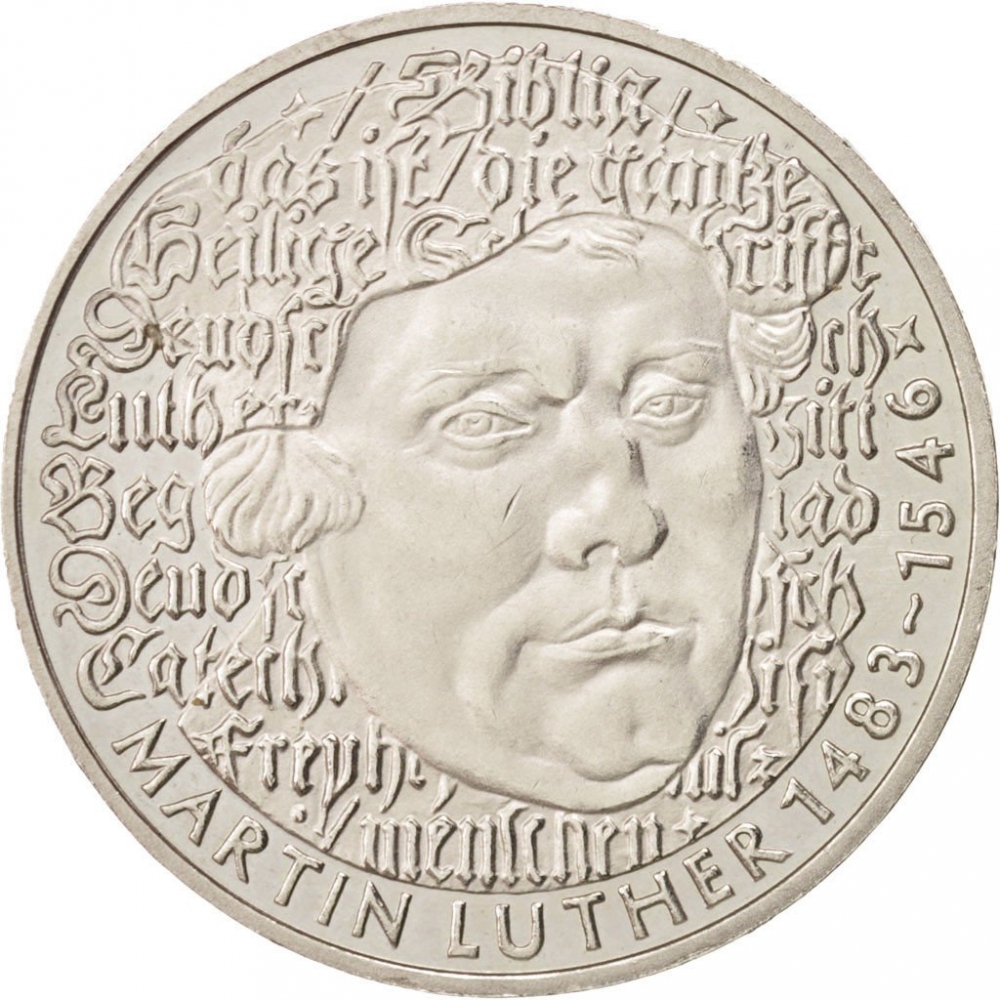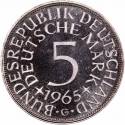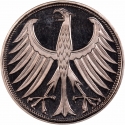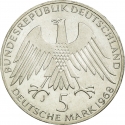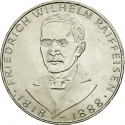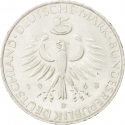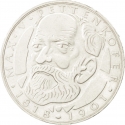You are about to finish your registration. Please check your mailbox (including spam folder). There should be a letter with a confirmation link. Check setting to make sure that your e-mail address is correct.
Send letter againDescription
Martin Luther (1483–1546) was a German professor of theology, composer, priest, monk, and a seminal figure in the Protestant Reformation.
Committed to the idea that salvation could be reached through faith and by divine grace only, Luther vigorously objected to the corrupt practice of selling indulgences. Acting on this belief, he wrote the “Disputation on the Power and Efficacy of Indulgences,” also known as “The 95 Theses,” a list of questions and propositions for debate. Popular legend has it that on October 31, 1517 Luther defiantly nailed a copy of his 95 Theses to the door of the Wittenberg Castle church. The 95 Theses, which would later become the foundation of the Protestant Reformation, were written in a remarkably humble and academic tone, questioning rather than accusing.
His refusal to renounce all of his writings at the demand of Pope Leo X in 1520 and the Holy Roman Emperor Charles V at the Diet of Worms in 1521 resulted in his excommunication by the pope and condemnation as an outlaw by the Holy Roman Emperor.
Luther taught that salvation and, consequently, eternal life are not earned by good deeds but are received only as the free gift of God's grace through the believer's faith in Jesus Christ as redeemer from sin. His theology challenged the authority and office of the Pope by teaching that the Bible is the only source of divinely revealed knowledge, and opposed sacerdotalism by considering all baptized Christians to be a holy priesthood. Those who identify with these, and all of Luther's wider teachings, are called Lutherans.
His translation of the Bible into the German vernacular (instead of Latin) made it more accessible to the laity, an event that had a tremendous impact on both the church and German culture. It fostered the development of a standard version of the German language, added several principles to the art of translation, and influenced the writing of an English translation, the Tyndale Bible. His hymns influenced the development of singing in Protestant churches. His marriage to Katharina von Bora, a former nun, set a model for the practice of clerical marriage, allowing Protestant clergy to marry.
Engraver: Carl Vezerfi-Clemm
Obverse

|
Depicts Federal Eagle on top, the country name, issue date, facial value and Karlsruhe State Mint (G) mark below. BUNDESREPUBLIK DEUTSCHLAND |
|---|---|
Reverse

|
Depicts the portrait of Martin Luther by Lucas Cranach the Elder (c. 1527), words from the title pages of his main works "Die ganz Heilige Schrift" (1534), "German Catechism" (1529) and "Von der Freiheit eines Christmenschen" (1520) in the background. His name, year of birth and death below. MARTIN LUTHER 1483-1546 |
| Edge |
Depicts the motto of the Lutheran Reformation "The Word of the Lord Endures Forever", a confident expression of the enduring power and authority of God’s Word. GOTTES WORT BLEIBT IN EWIGKEIT |
5 Deutsche Mark
500th Anniversary of Birth of Martin Luther
Martin Luther
Subscribe series
KM# 159 Jaeger# 434 Schön# 158
500th Anniversary of Birth of Martin Luther
Martin Luther
Characteristics
| Type | Commemorative Issue (Circulating) |
| Material | Cupronickel |
| Weight | 10 g |
| Diameter | 29 mm |
| Thickness | 2.07 mm |
| Shape |
|
| Alignment | Medal |
| Mint |
Karlsruhe State Mint (G)
|

